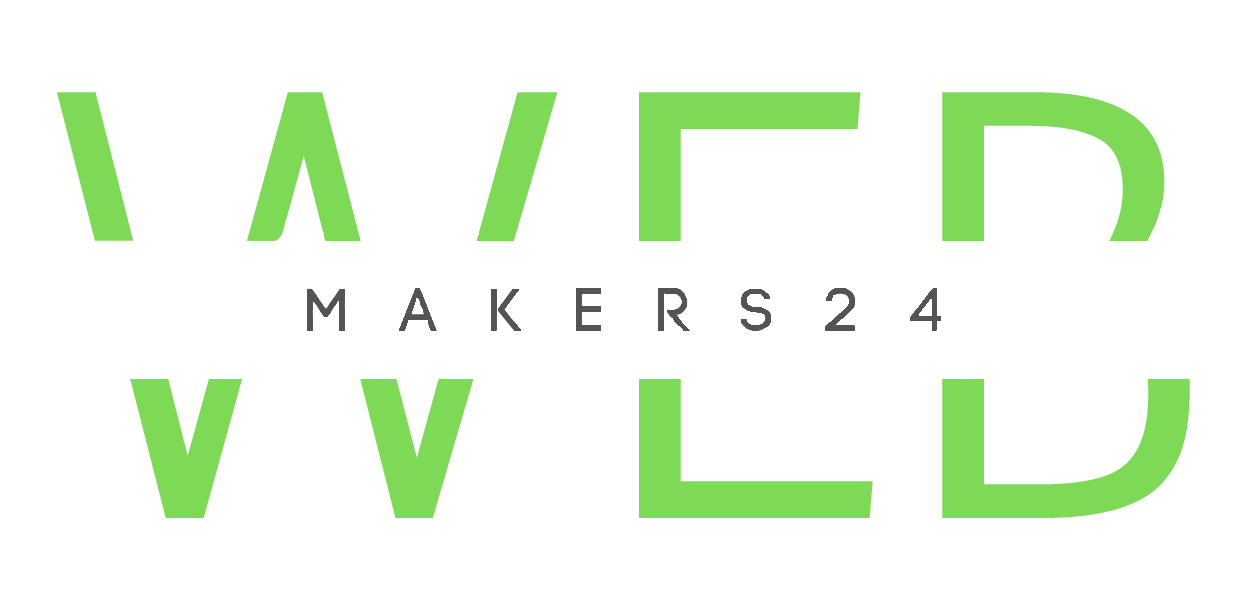Top 10 Web Development Trends to Watch This Year
December 1, 2024The world of web development evolves rapidly, driven by technological advancements and changing user demands. Staying ahead of the curve is crucial for businesses and developers who want to remain competitive in the digital landscape. Here are the top 10 web development trends shaping the industry this year.

1. Progressive Web Apps (PWAs)
PWAs continue to dominate as a cost-effective solution for delivering an app-like experience directly through browsers. With fast load times, offline functionality, and enhanced responsiveness, PWAs are ideal for businesses looking to provide seamless user experiences without requiring app store downloads.
Why It Matters:
- Reduces development costs compared to native apps.
- Improves user engagement and accessibility across devices.
Example: Starbucks’ PWA improved performance and doubled its daily active users.
2. AI-Powered Chatbots
AI-powered chatbots are revolutionizing customer support and website interaction by offering real-time, intelligent responses. These bots enhance user experience, streamline support services, and can operate 24/7.
Key Features:
- Natural language processing (NLP) for human-like interactions.
- Integration with CRMs for personalized user support.
Why It Matters:
They reduce operational costs and improve customer satisfaction by addressing queries instantly.
3. Serverless Architecture
Serverless architecture eliminates the need for traditional server management. By using cloud providers like AWS Lambda, developers can focus on building applications without worrying about server maintenance.
Advantages:
- Scalable and cost-efficient.
- Reduces time-to-market for applications.
Best Use Cases: Event-triggered applications, file processing, and IoT apps.
4. Motion UI
Motion UI enhances websites by adding dynamic, interactive elements like animations, transitions, and scrolling effects. It improves user engagement and keeps visitors intrigued.
Popular Uses:
- Hover effects on buttons.
- Smooth transitions between pages.
Why It Matters:
Creates a visually appealing experience and improves the site's professionalism.
5. Voice Search Optimization
With the rise of smart speakers and voice assistants, optimizing websites for voice search is now essential. Voice search queries are more conversational and longer than text-based searches, requiring a shift in SEO strategies.
Tips for Optimization:
- Use long-tail keywords.
- Focus on question-based content.
Why It Matters:
Voice search accounts for a growing percentage of online queries, making it critical for reaching modern users.
6. Single-Page Applications (SPAs)
SPAs load a single HTML page and dynamically update content as users interact with the app, eliminating the need to reload entire pages.
Benefits:
- Faster load times.
- Smooth user experience similar to desktop applications.
Technologies Used: React, Angular, Vue.js.
Example: Gmail is a popular SPA that showcases its efficiency.
7. Cybersecurity Focus
As cyber threats increase, prioritizing website security is non-negotiable. From SSL encryption to implementing multi-factor authentication, websites must safeguard user data.
Key Security Measures:
- Regular vulnerability scans.
- Secure payment gateways for e-commerce platforms.
Why It Matters:
Building trust through security practices is vital for retaining users.
8. Responsive Design for All Devices
Responsive design ensures websites function seamlessly across various devices and screen sizes, including foldable smartphones.
What’s New:
- Optimized layouts for unconventional screen shapes like foldable phones.
Why It Matters:
Google prioritizes mobile-friendly websites for search rankings, making responsiveness critical for visibility.
9. WebAssembly (Wasm)
WebAssembly is a game-changer for high-performance web applications. It allows developers to run code written in multiple languages (like C++ and Rust) on browsers, ensuring near-native performance.
Applications:
- Video editing software.
- Gaming platforms on the web.
Why It Matters:
Offers faster execution for resource-intensive applications without compromising user experience.
10. Dark Mode and Accessibility
Dark mode has become a standard feature for many websites and apps, offering users a visually appealing and energy-saving alternative. Simultaneously, accessibility features ensure inclusivity for users with disabilities.
Benefits:
- Enhances readability in low-light environments.
- Attracts a wider audience by complying with accessibility standards.
Why It Matters:
Both trends improve user satisfaction and show a commitment to user-centric design.
Conclusion
Adopting these web development trends can help businesses stay competitive and meet the evolving needs of users. Whether it's enhancing user experience with PWAs, improving engagement with motion UI, or ensuring inclusivity with accessibility features, these trends reflect the industry's shift toward innovation and user-first design.
Stay ahead by integrating these trends into your web projects and delivering cutting-edge solutions that captivate and inspire.






